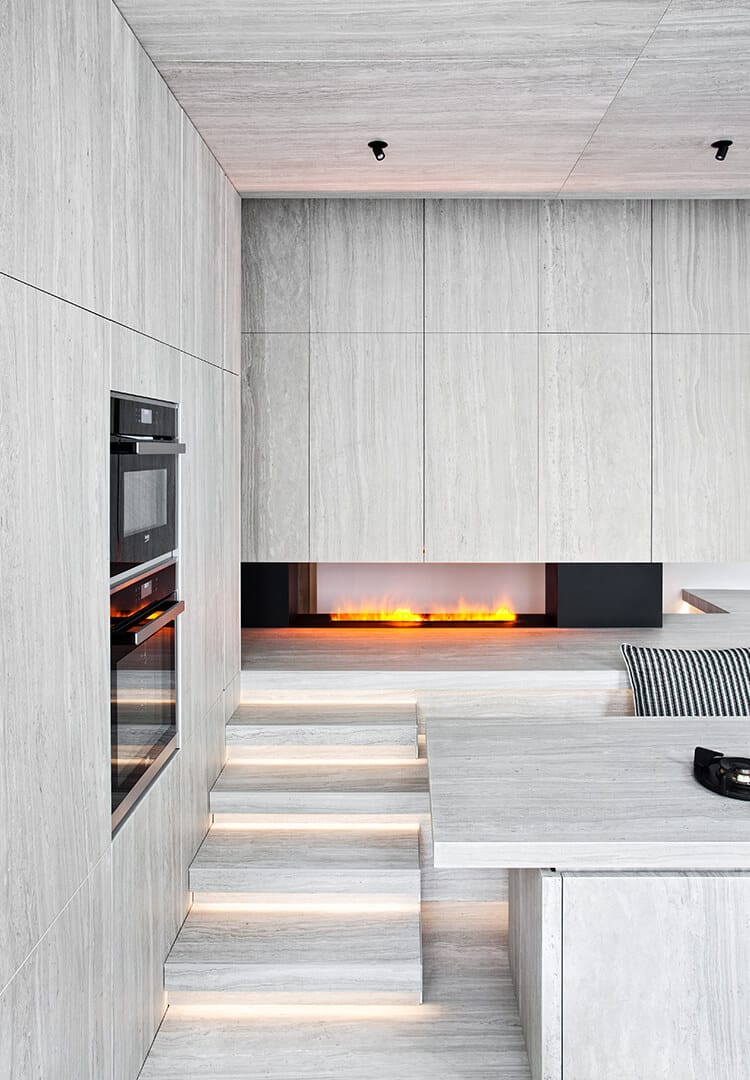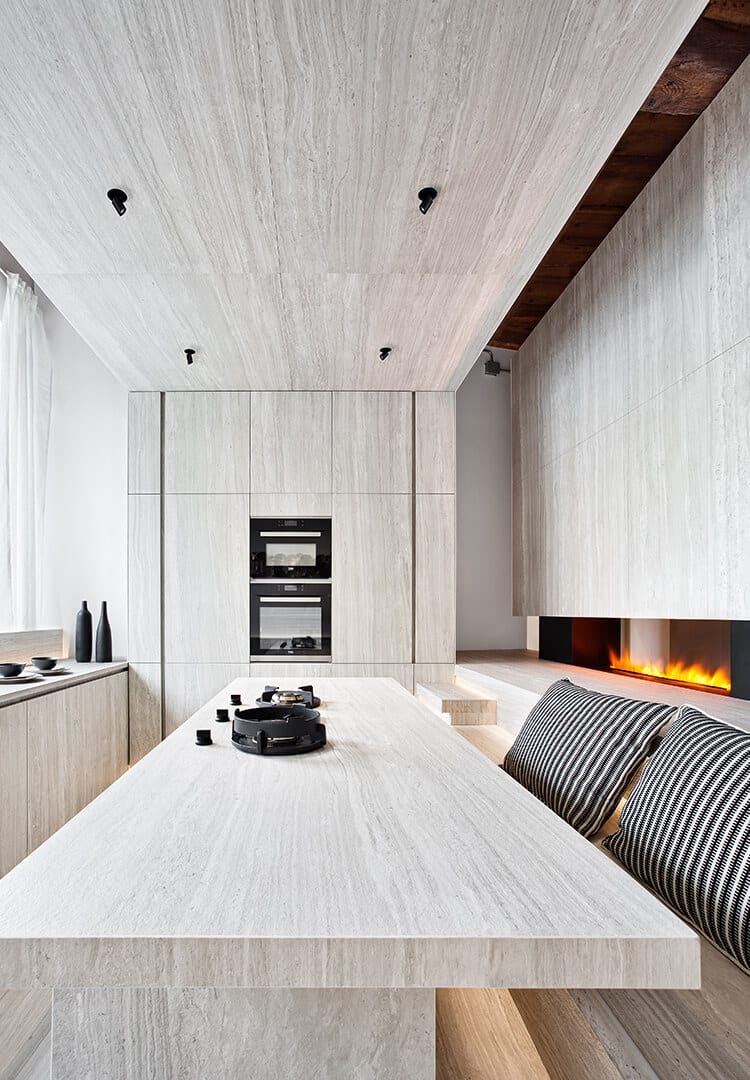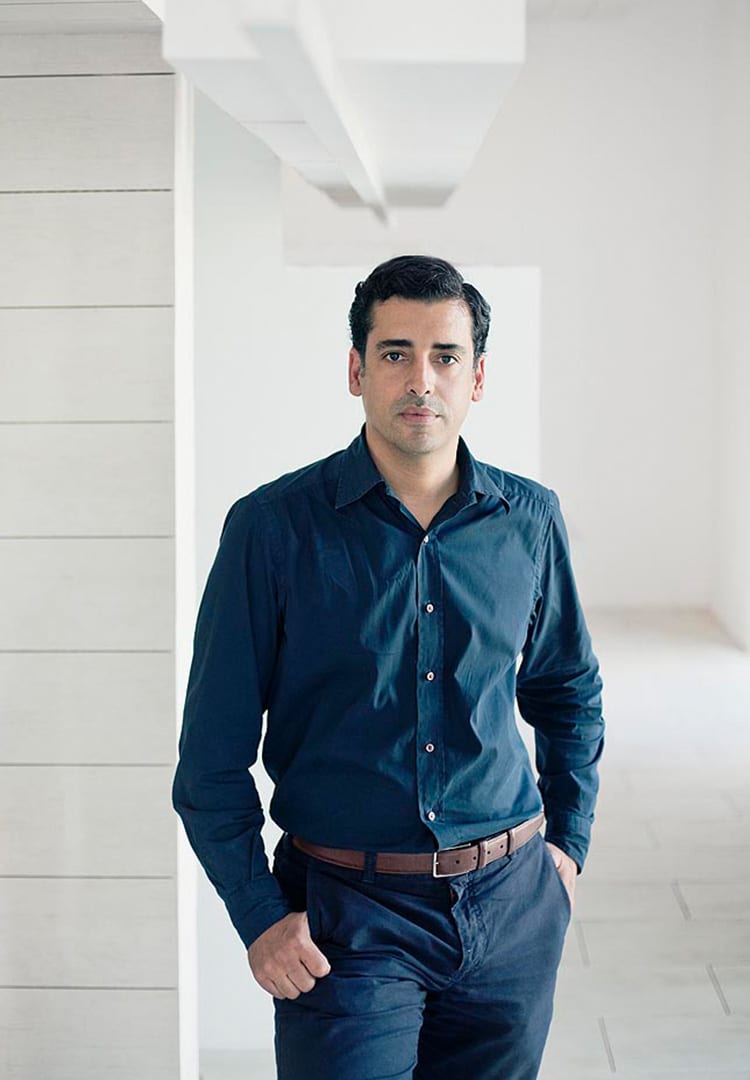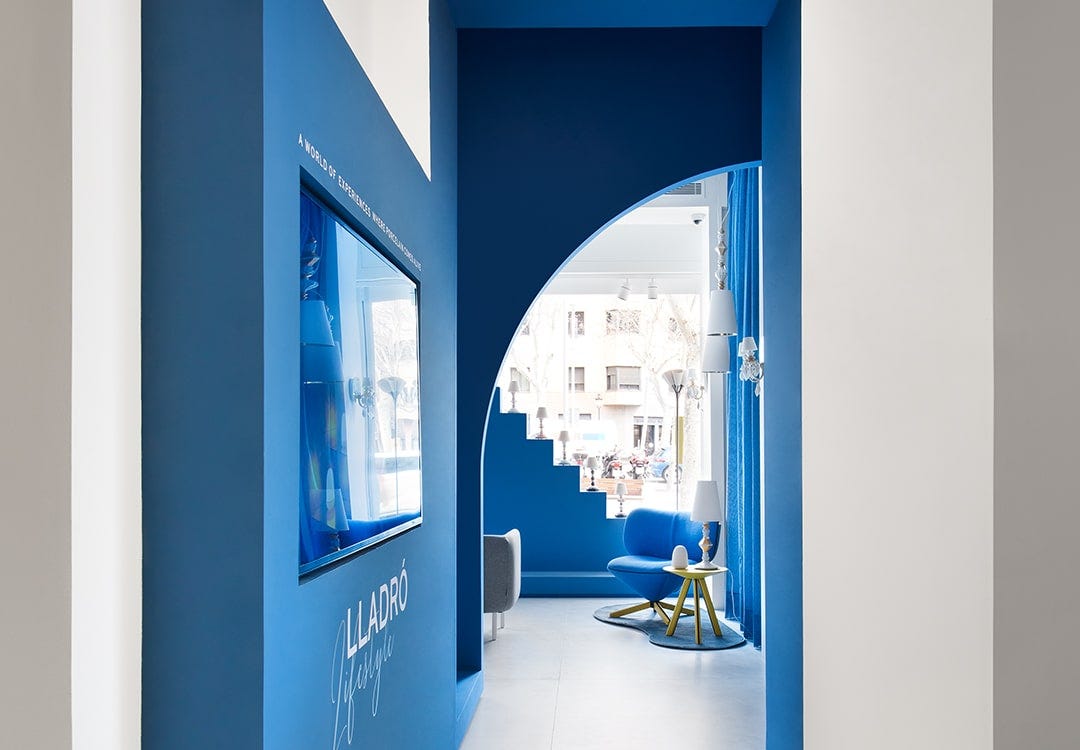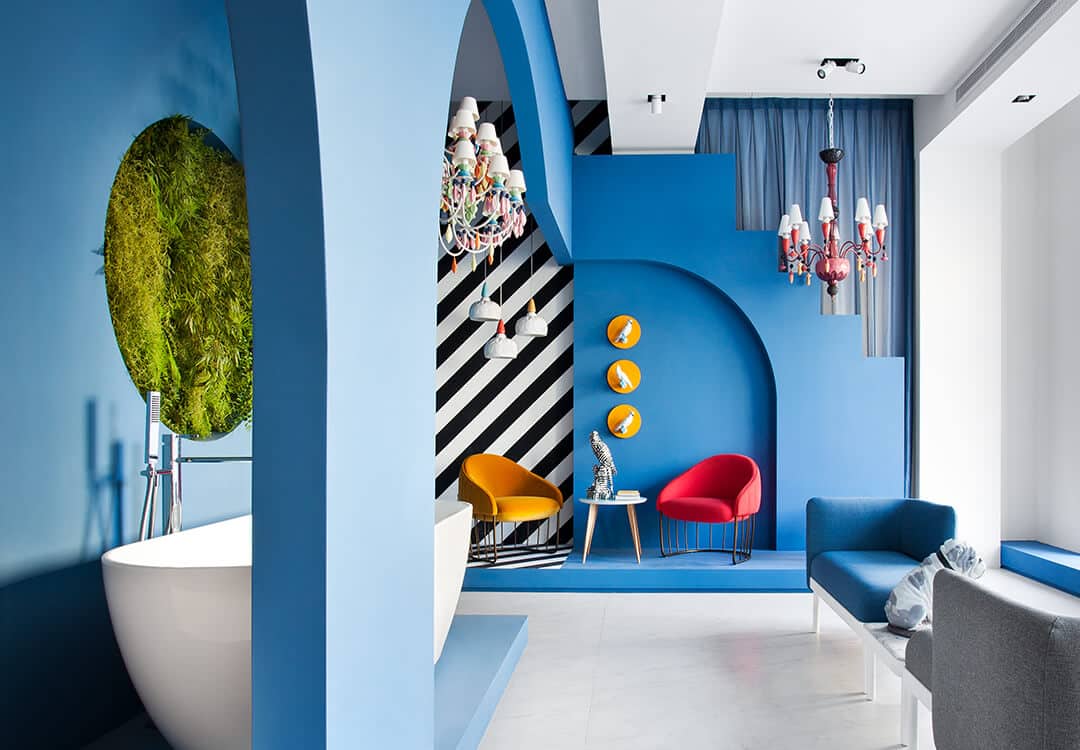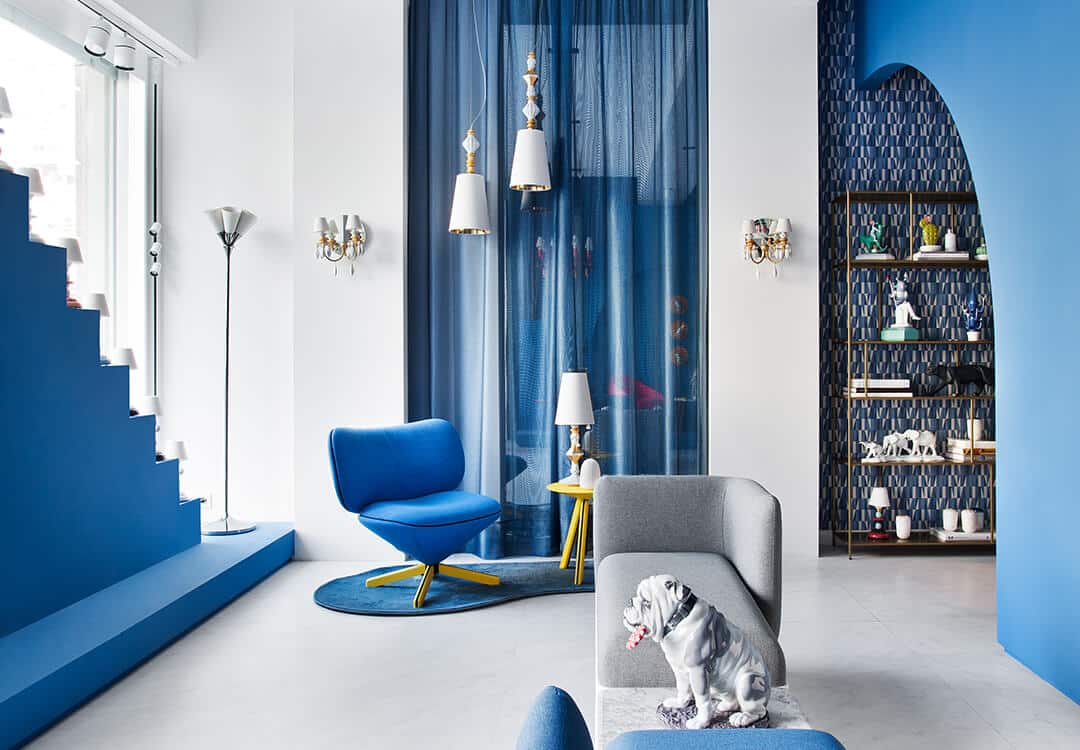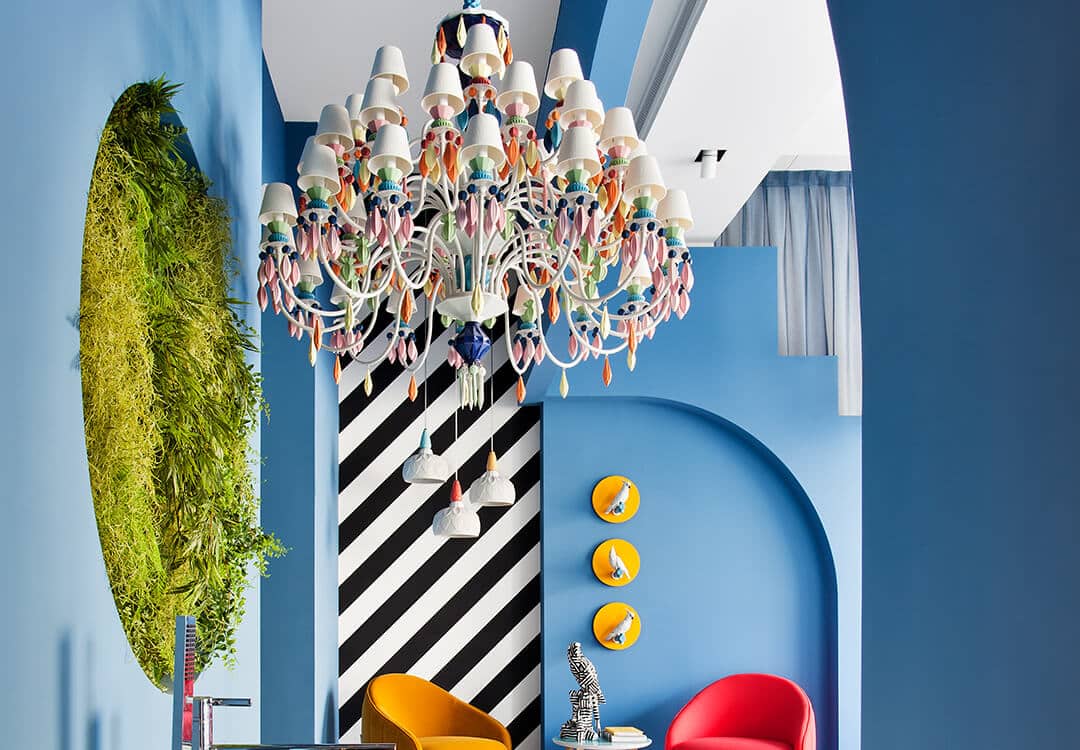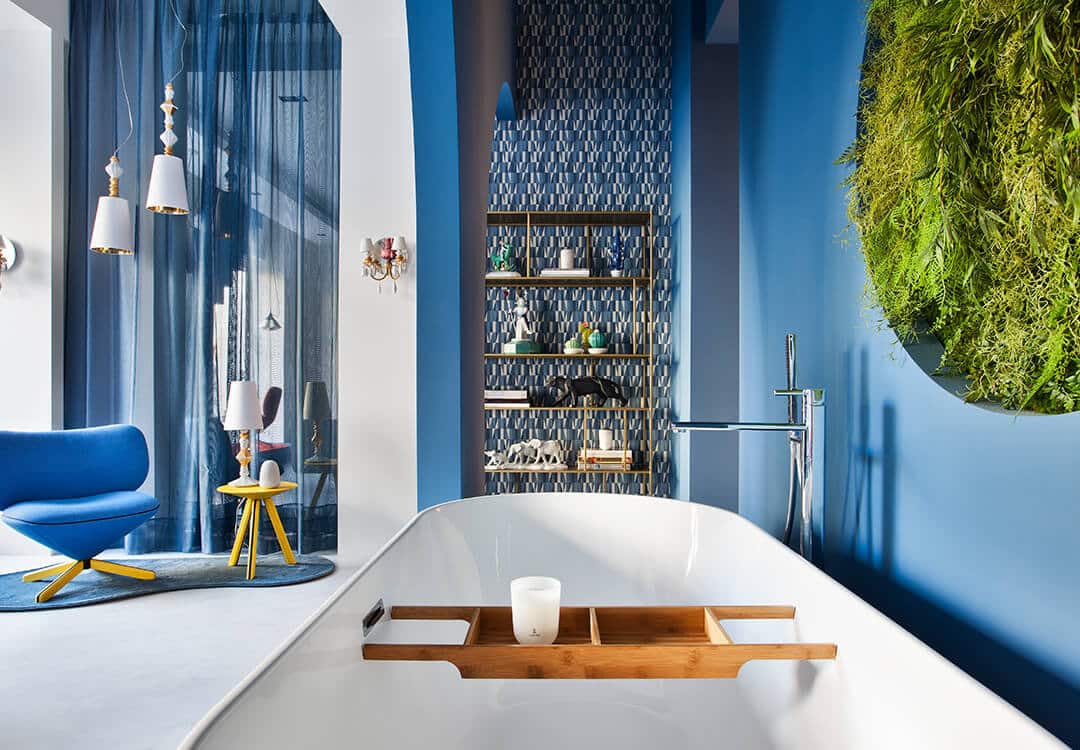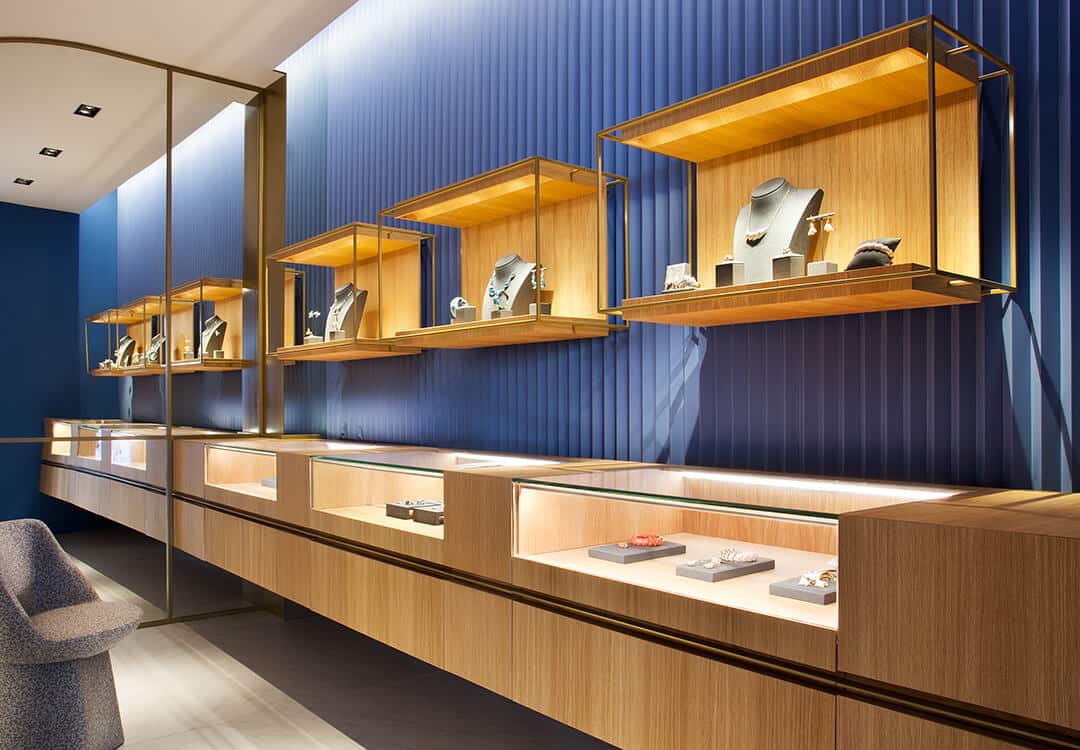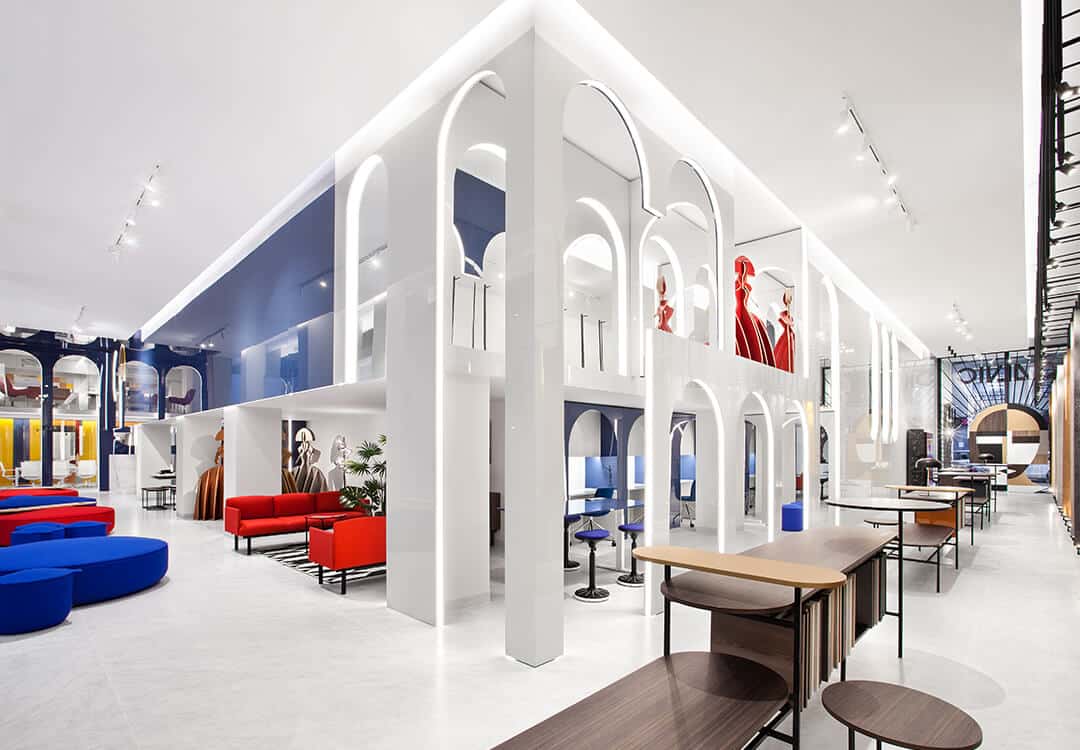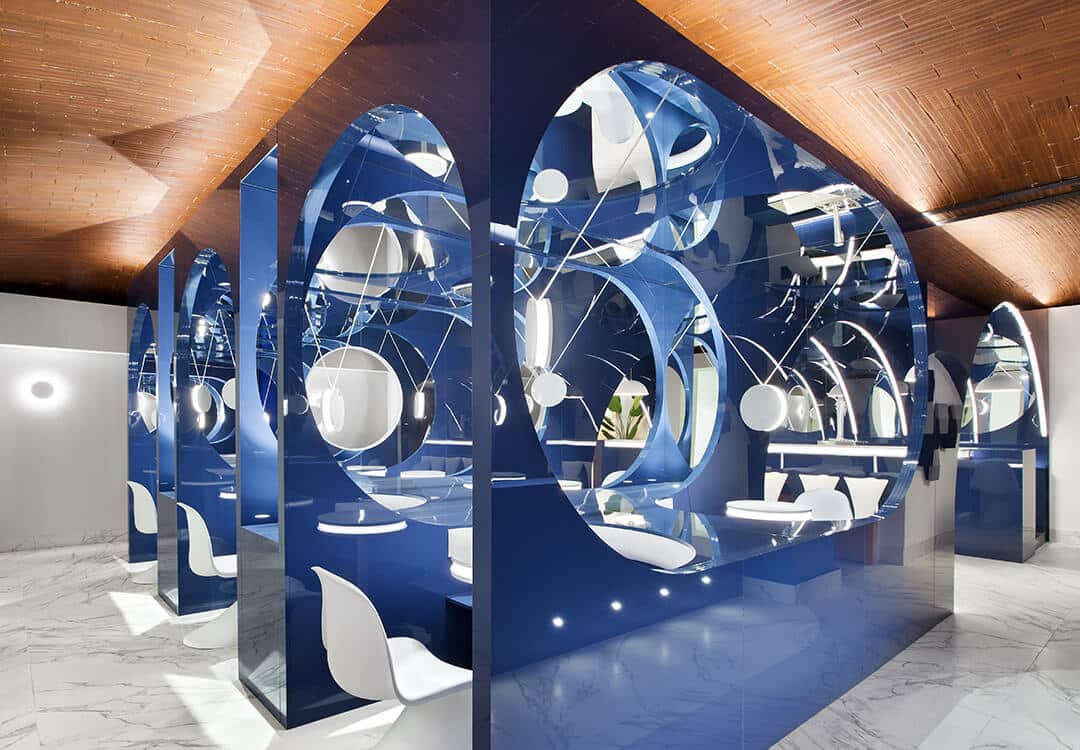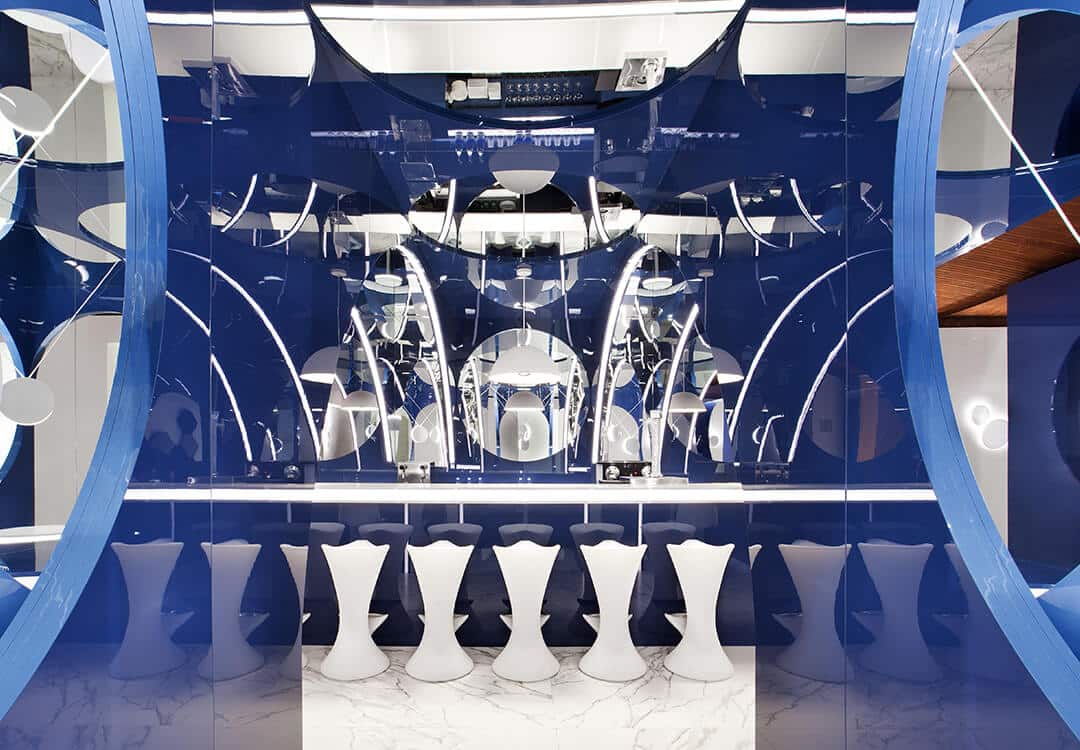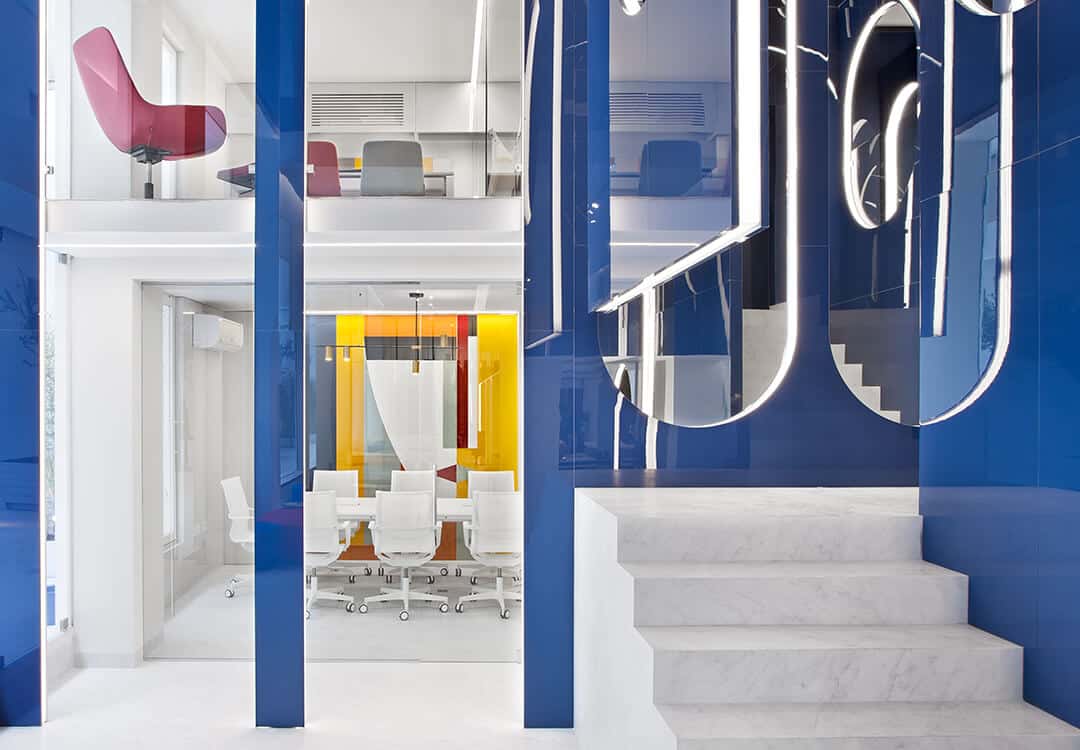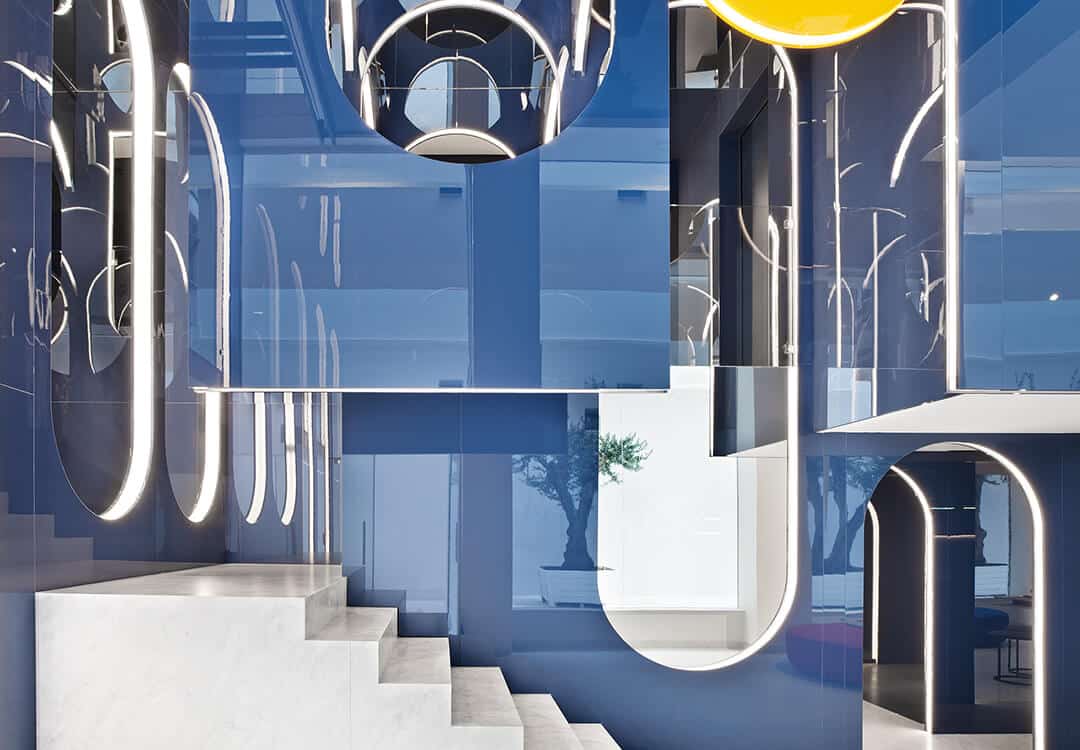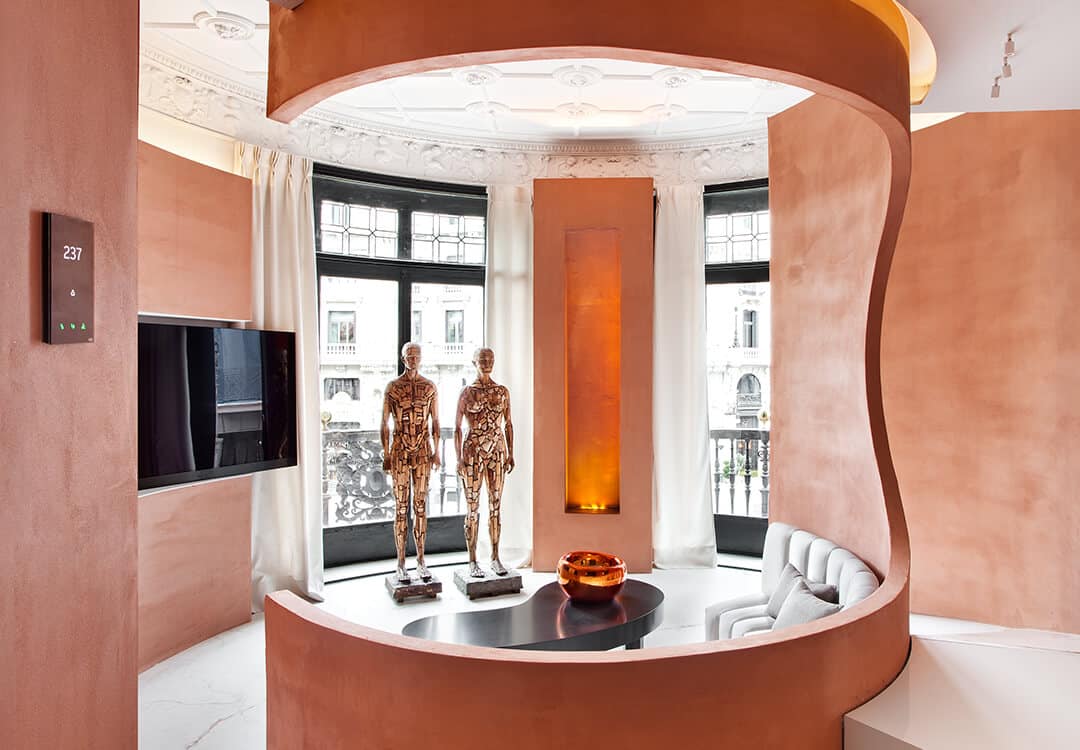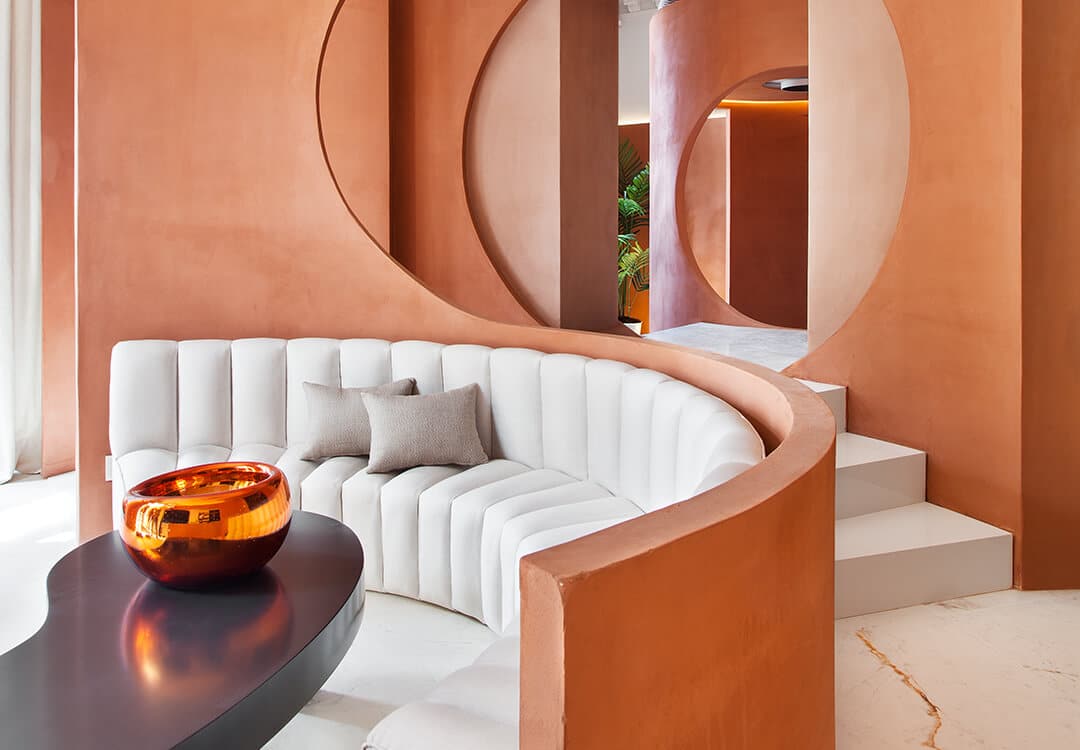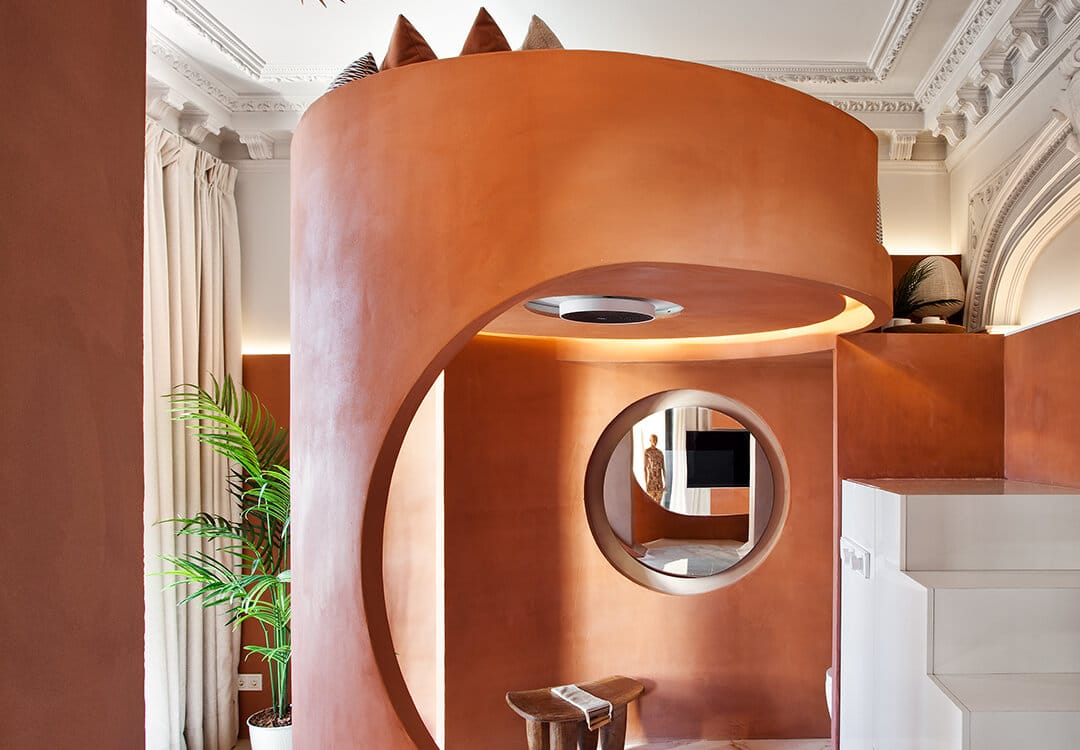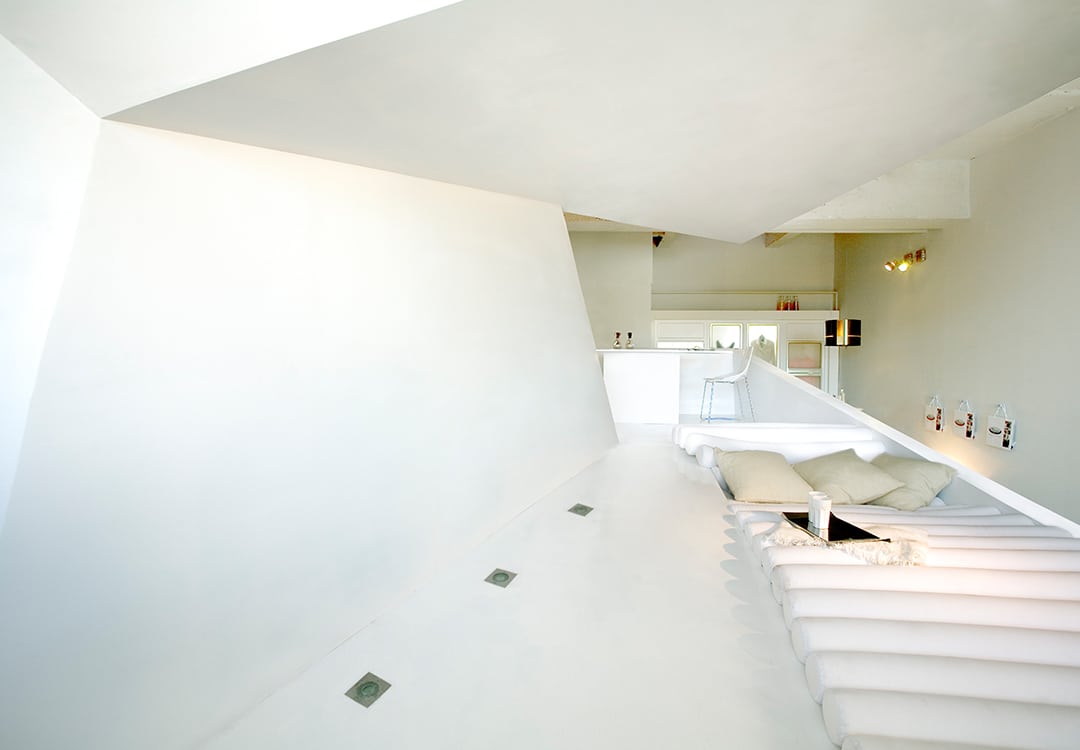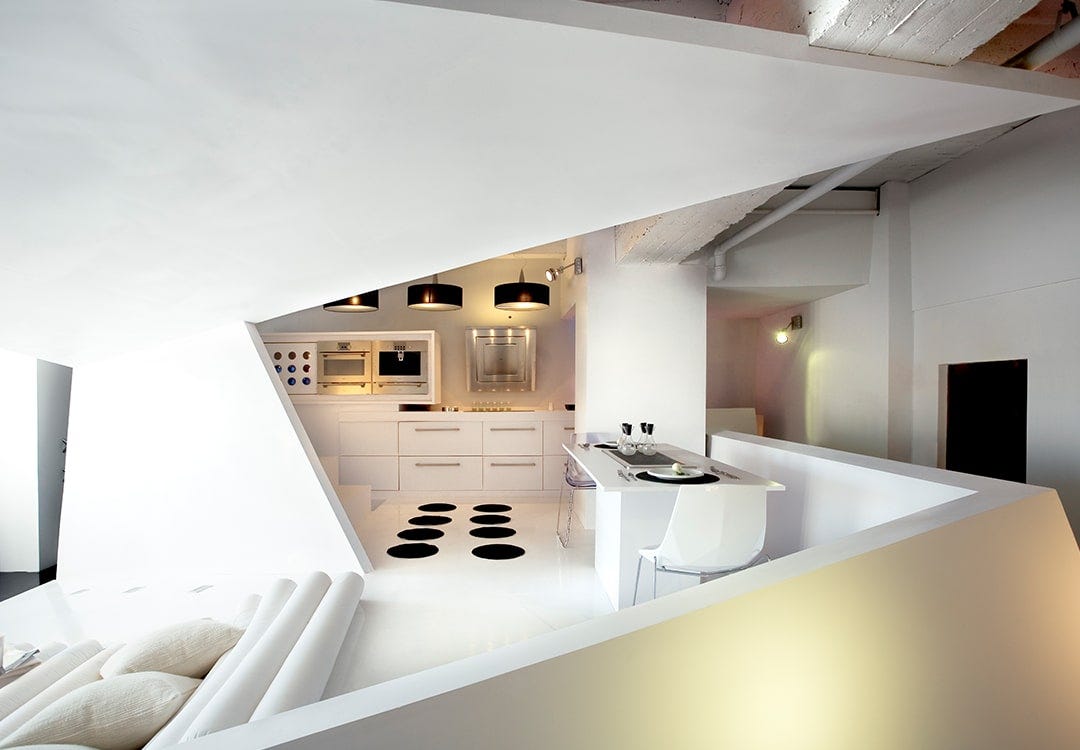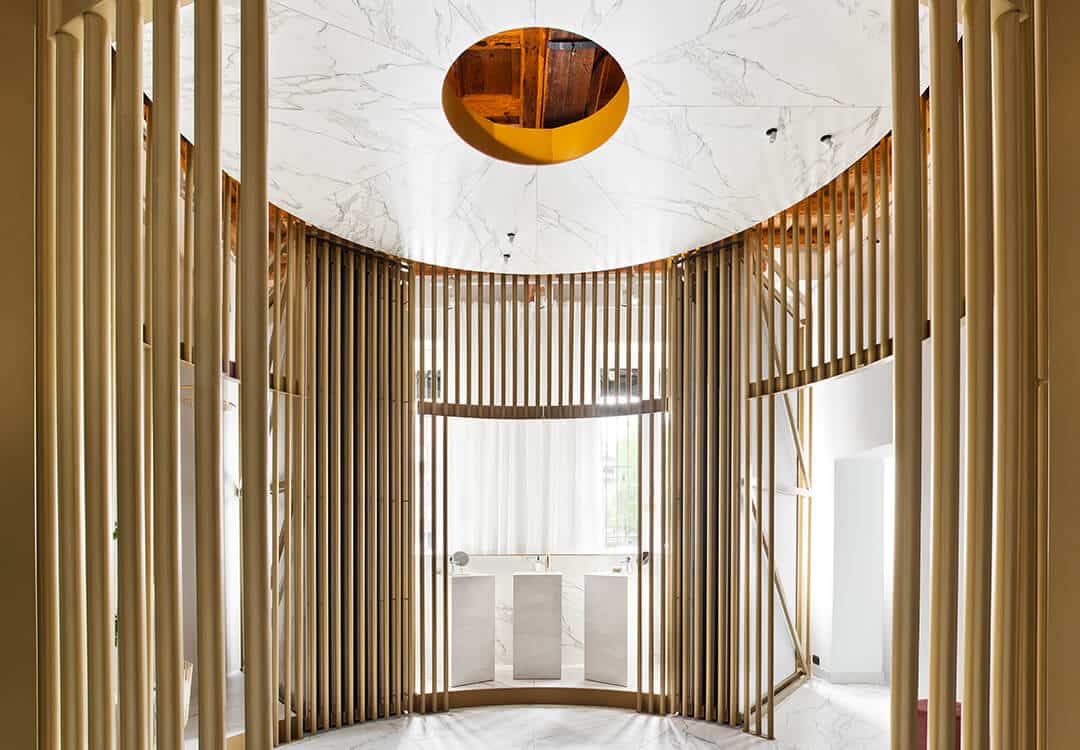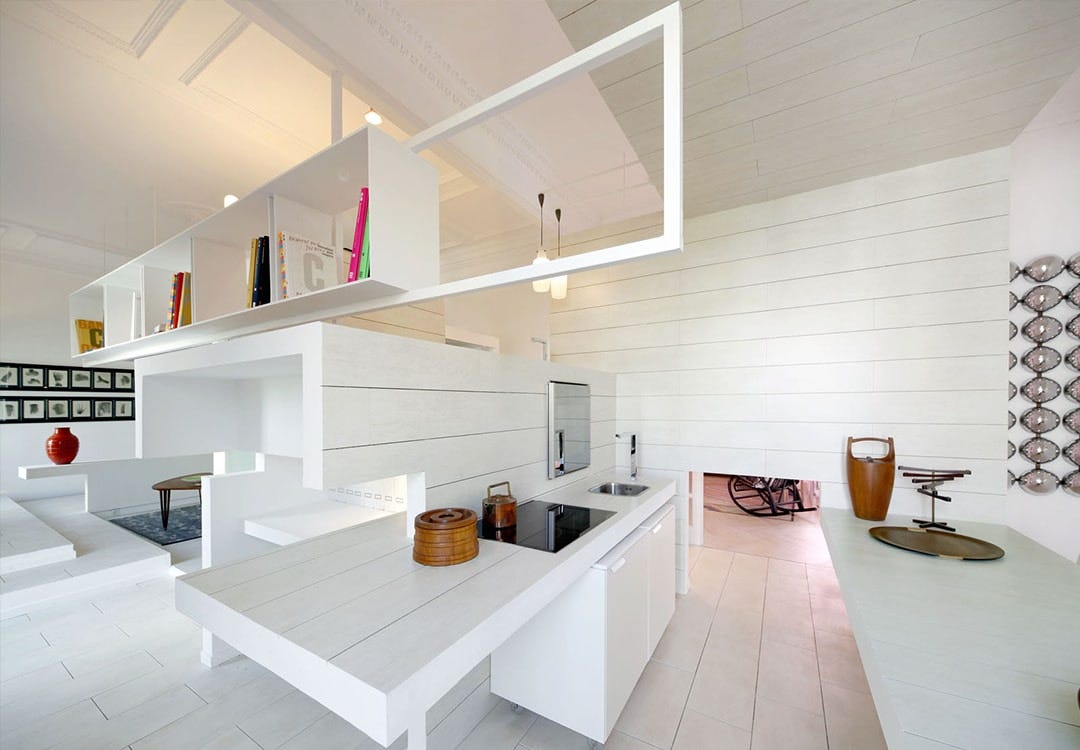Born in Puerto Rico and settled in Spain for over thirty years now, Héctor Ruiz Velázquez accrued invaluable experience alongside the celebrated architects Rafael Moneo and Alberto Campo Baeza in fields such as architecture, city planning, interiors, corporate branding, and product design. Over the course of his professional career in Spain and the rest of Europe, Héctor has forged a style all of his own, underpinned by a unique spatial sensibility, architecture inspired by nature, and a special understanding of the use of light.
The path of this prestigious architect first crossed Lladró in 2018. Together with the brand’s in-house team, Héctor developed a new concept for the Lladró store that would materialize our creative universe. Since then, these stores dotted around the world express our identity, mirror our handcrafted legacy, and show how we have evolved, looking towards the future without losing touch with our Mediterranean roots.
In his interview for Lladró Magazine, Héctor speaks about his personal approach to architecture and tells us how the tools in his day-to-day work are none other than reason and emotion.
One of your major influences, Alberto Campo Baeza, defined architecture as the most beautiful work in the world. Would you agree?
Beauty is a very subjective quality, but if you dedicate your whole life to something like I have done with architecture, I would say that passion is the quality that captures it to perfection for me. Whatever makes you passionate is without question what you should dedicate your life and work to.
In an increasingly more virtual environment, do you believe that focusing on the places where we live is more and more important?
Absolutely, I believe that the connection between inside and outside is one of the keys to focusing on the two worlds, and also an opportunity for transparency in both. What exists in the virtual world is more traceable and needs attributes of representation, and must have the same meaning outside as others to which it must be aligned.
What must a space possess in order to touch us emotionally?
It must express its purpose, show us what it stands for, be coherent and sincere with the true objective of the space. Throughout history, architecture has always been an instrument for representation in itself, and now it is also like an art form placed at the disposal of society, because each project, no matter how small, must capture its meaning.
If you had to choose a material, a color, and an object, what would they be? And why?
The problem with those of us who dedicate our lives to formal disciplines is that it is very hard for us to opt for something very specific. In fact, we make choices for others based on our proven expertise, but if we look back at my career, we can see that the dominant color is definitely white, and everything whose natural form is in that color. It is the formal attribute that has stayed with me for the longest time since my beginnings.
Furniture, objects … what is a perfect design for you? Design is a different kind of plasticity, of function and of use, but in fact it has the same principle inasmuch as they need to express the content it represents and the aesthetic you want to give it. To be honest, when deciding on formal aspects, designers do not make such delimited distinctions, and see everything as material to be modelled according to our own experiences.
Over the course of your career, you have designed showrooms and points of sale, as is the case of the new concept Lladró store. Tell us about the process of translating the essence of a brand to a physical space?
Every project has a prelude which involves an immersion in another reality, in this case that of the customer. For me, it is the most creative part of the process. Perhaps it is my willingness to try out something new, something that excites me, but I often find that the preliminaries contain much broader potential, and it is the moment when my own professional baggage comes into play. I outline forms, ideas, and dreams and then materialize them.
Innovation or back to roots?
I think that the key is precisely in the exact combination of both and the difference; in the measurement and proportion generated by each one of these concepts within the overall work. I would say beyond all doubt that they all have something of both, otherwise it would not be a new work or would not find a place in a reality that already exists.
You have found your own language in the intersection between architecture and experiential environments. Do you think that it is possible to identify common features in your projects, which are so different from one another and in such disparate locations?
I think that maintaining diversity in the archive of my experience is like finding order in chaos, and one of my formal signs of identity. In other words, to physically and mentally prepare to undertake something, and to ensure that this something is materialized independently in accordance with the individual project, there is only one way of undertaking it; with generosity and with the belief that everything is possible.
At this point in your career, what makes you the most passionate in each new beginning?
To continue doing and to continue being, and I believe that this quality of architecture is what connects most with my personality, as well as travelling. And so to keep on doing what I have done up until now confirms two wonderful pieces of news; that I am still alive and that I have done with my life what has always made me passionate, which is being an architect.
